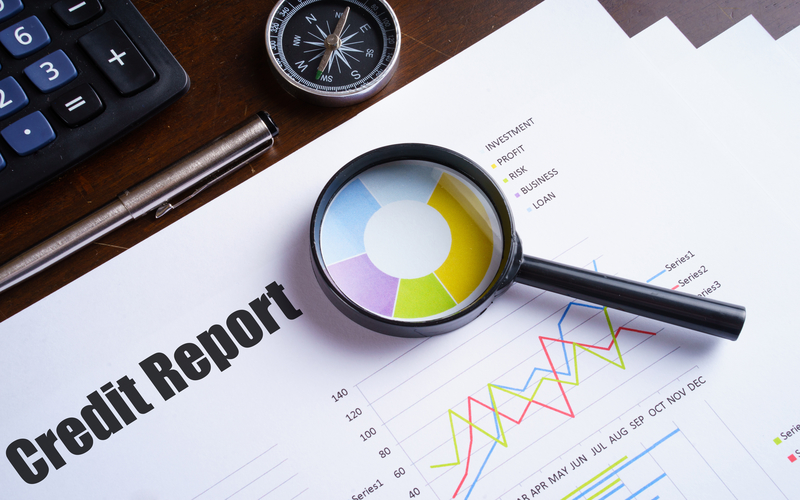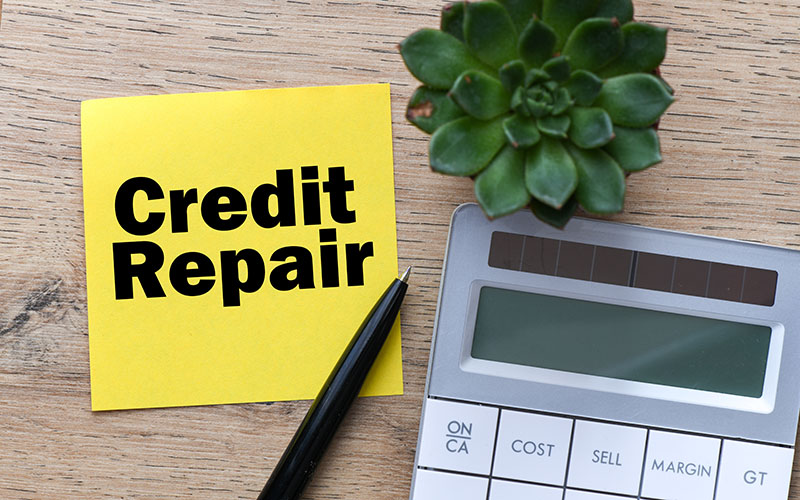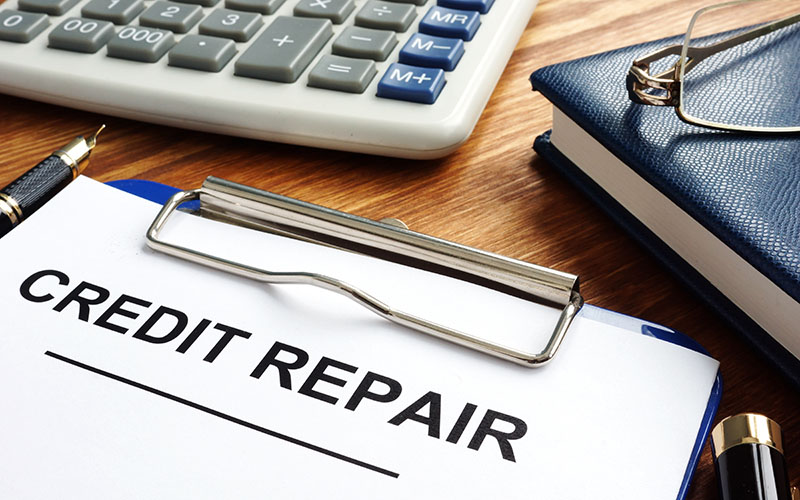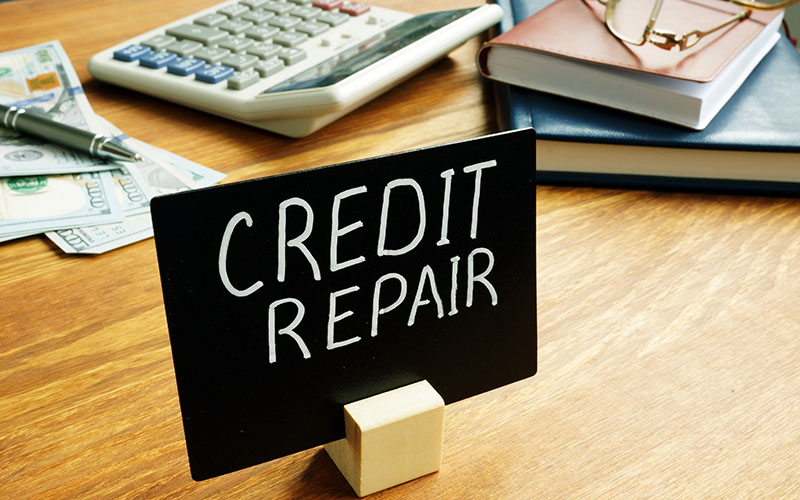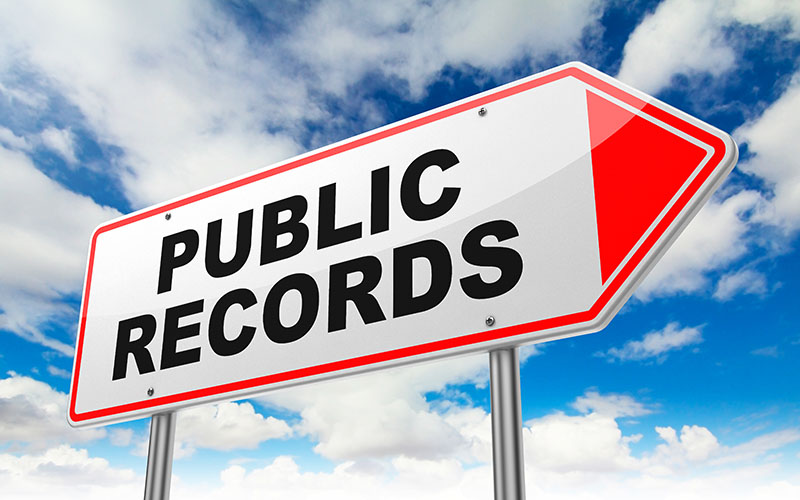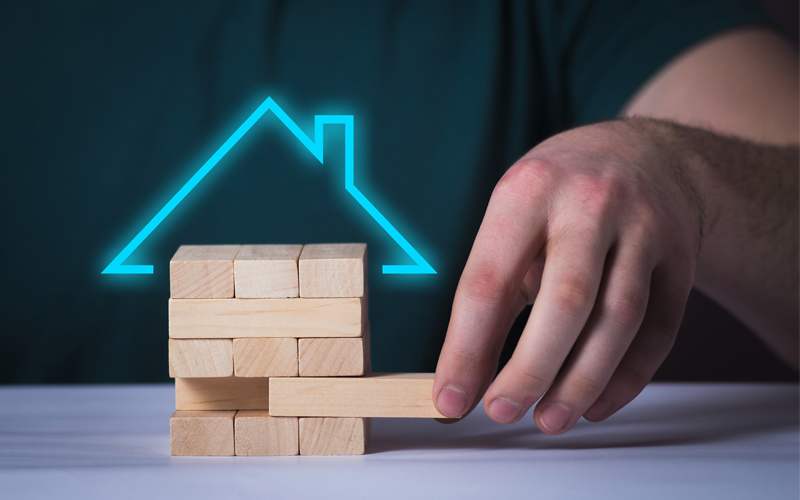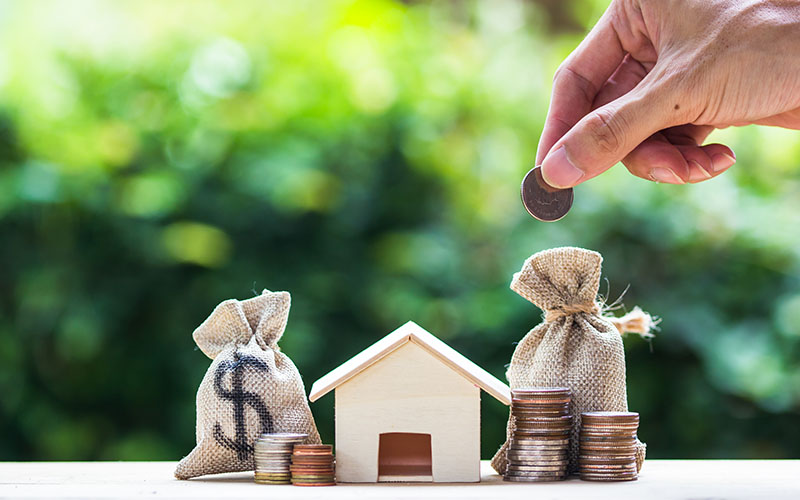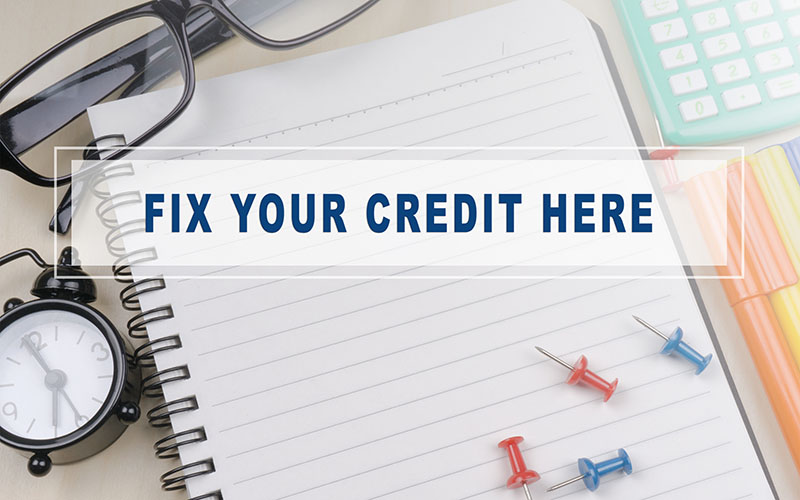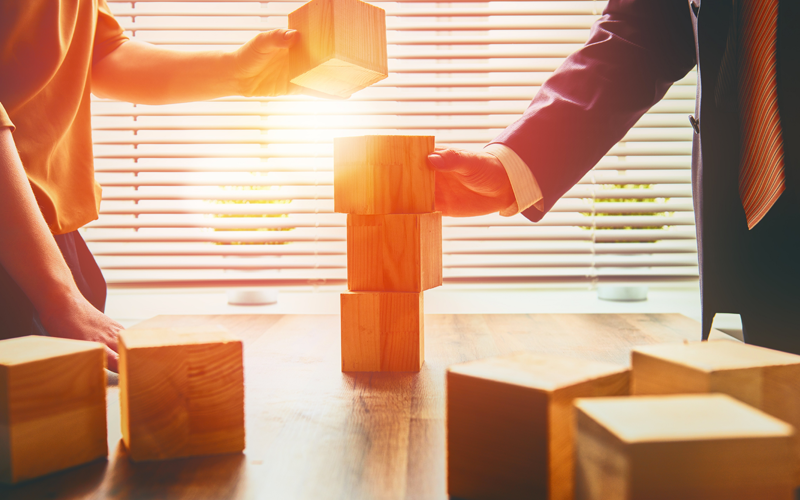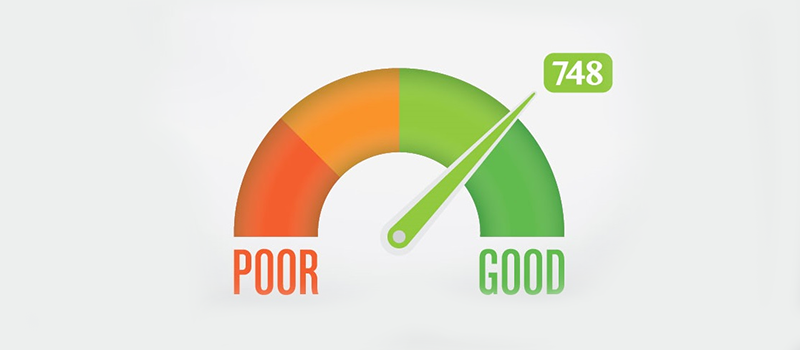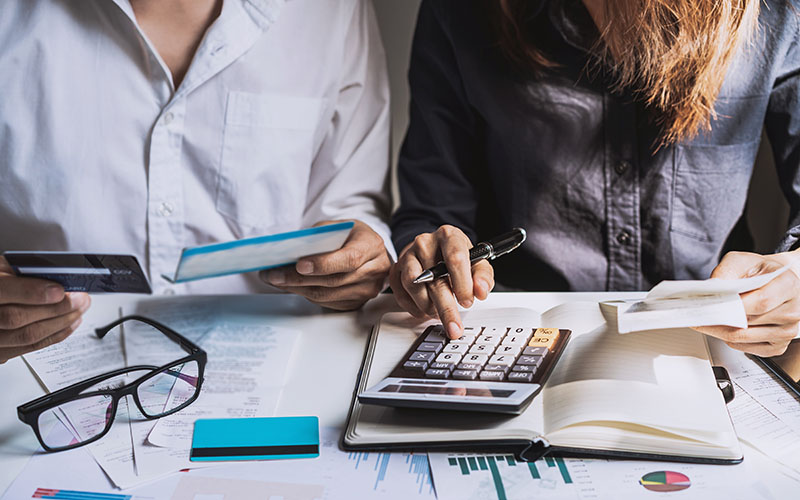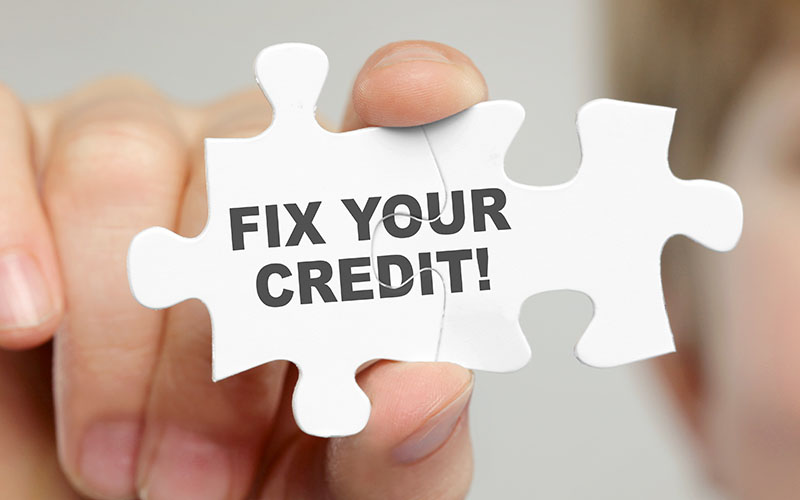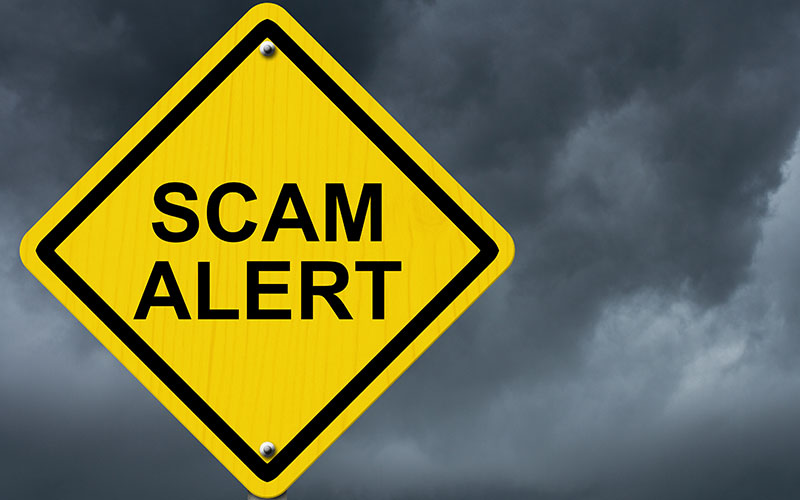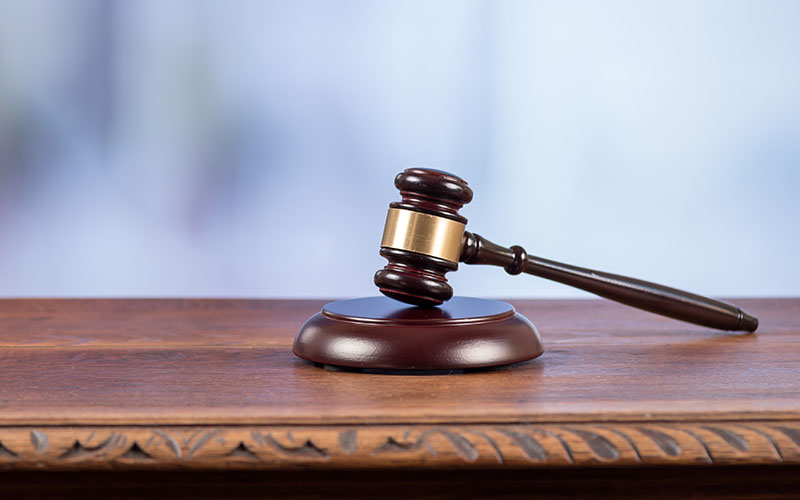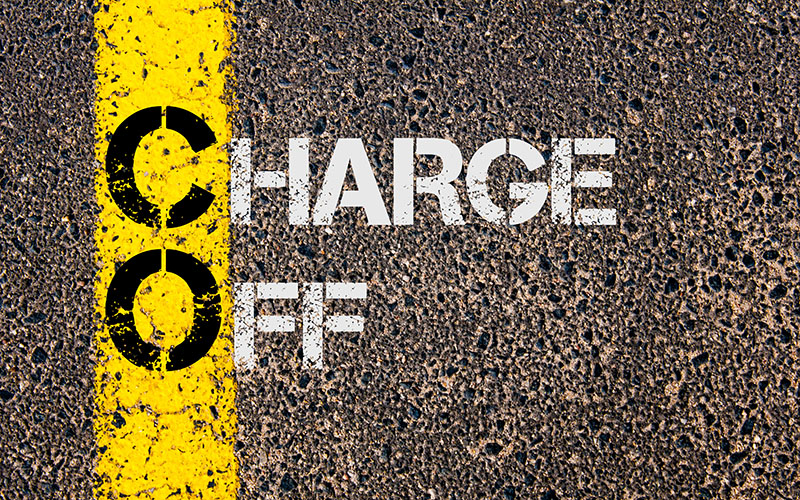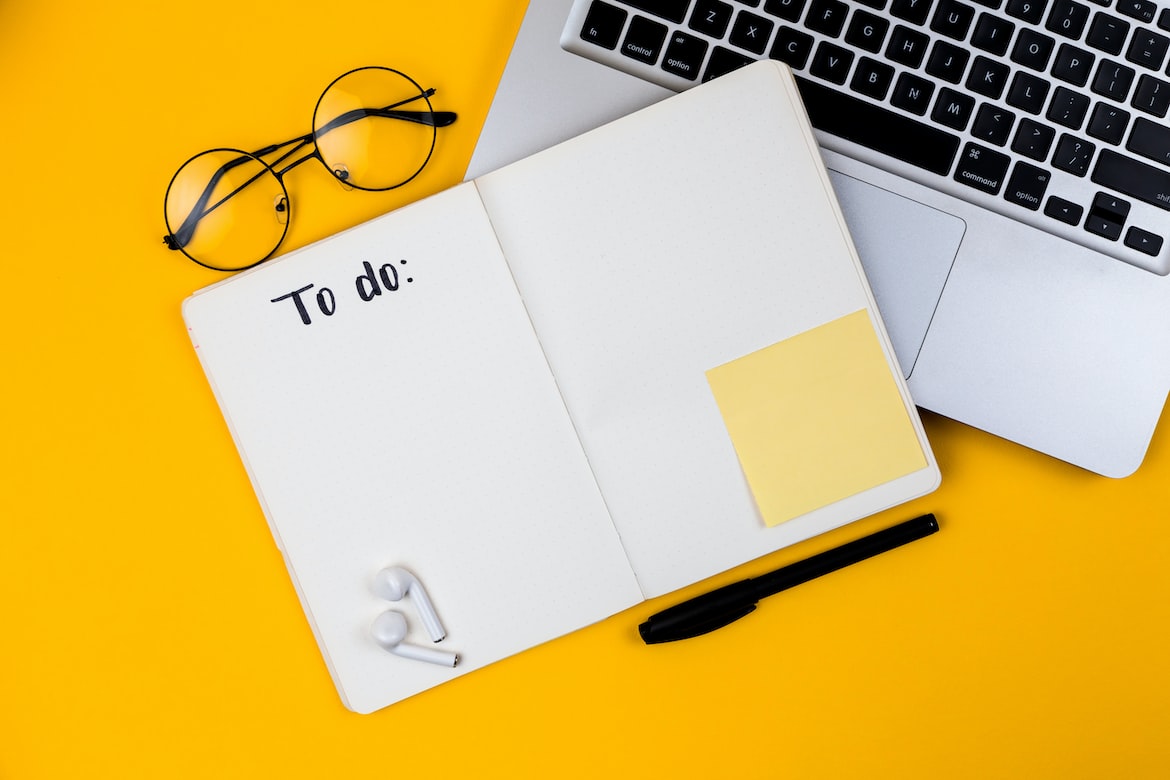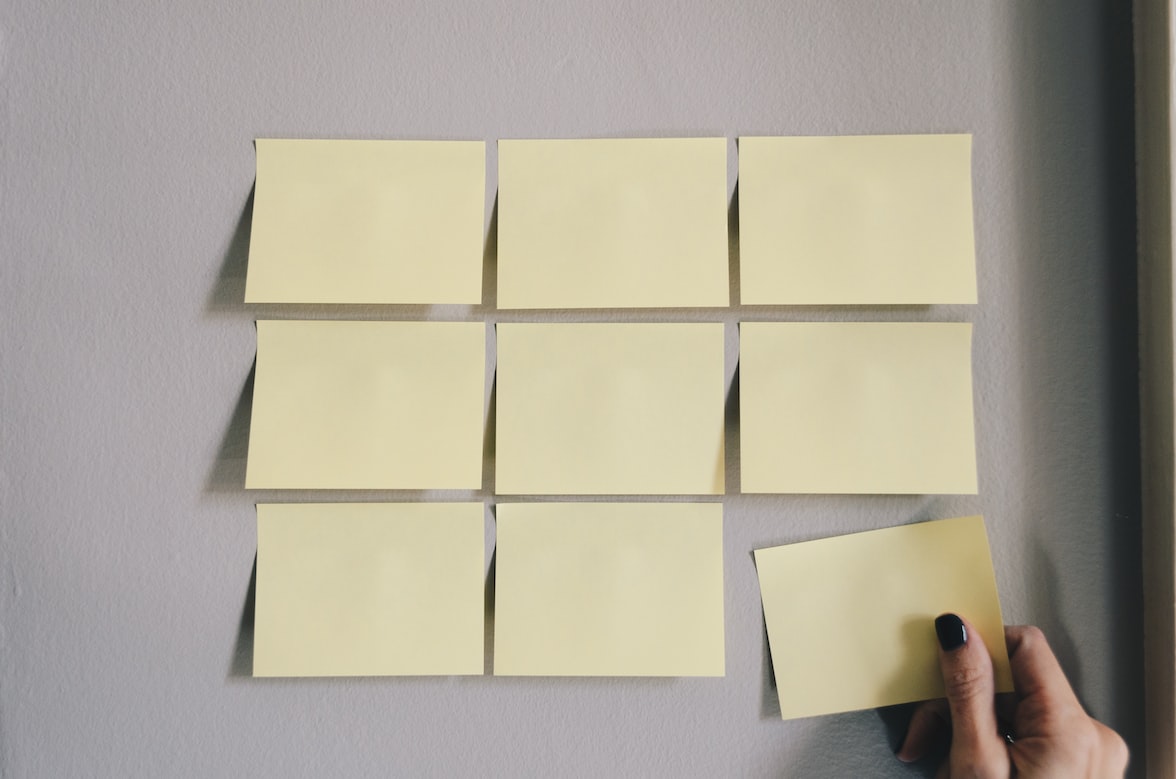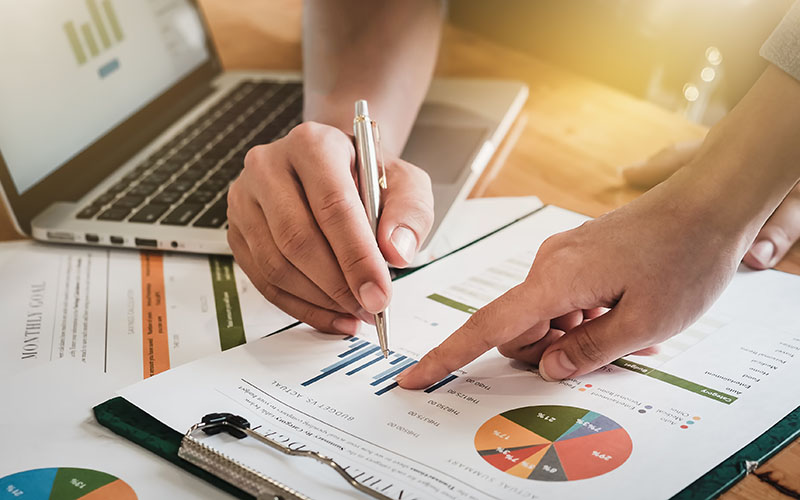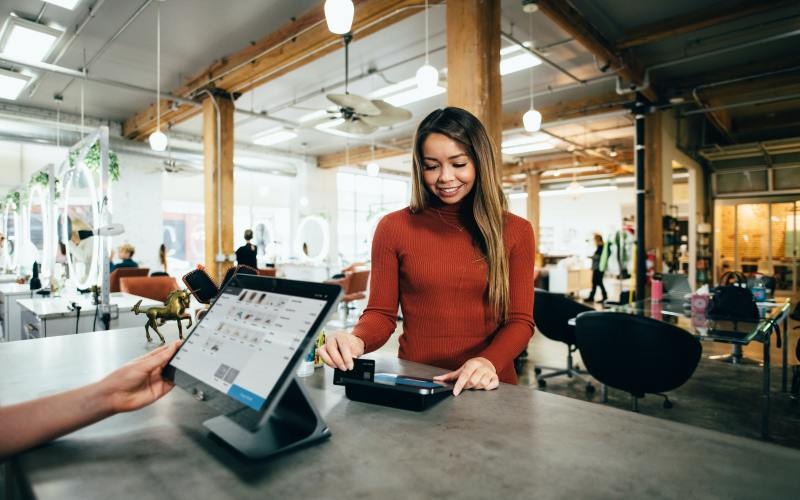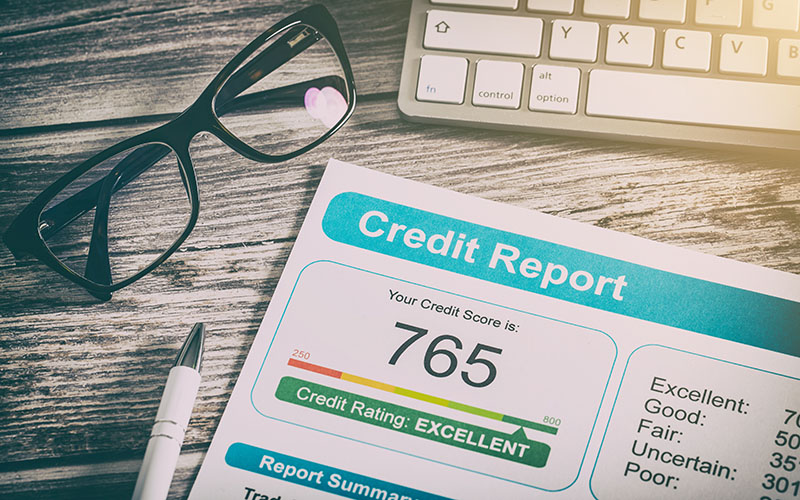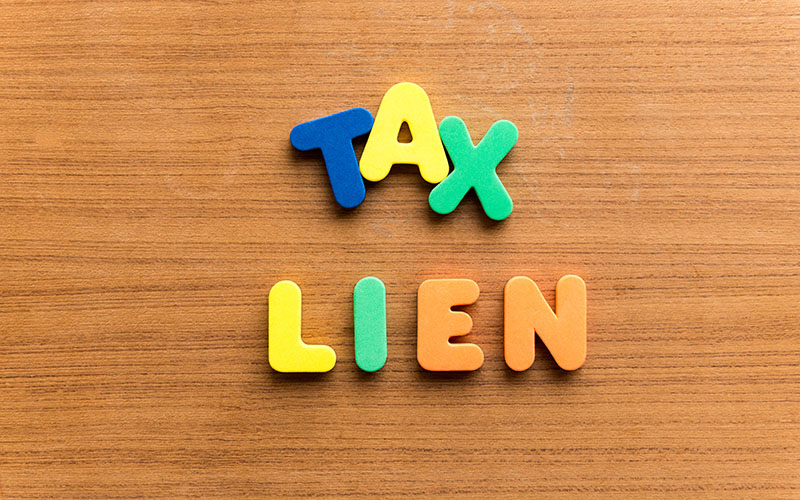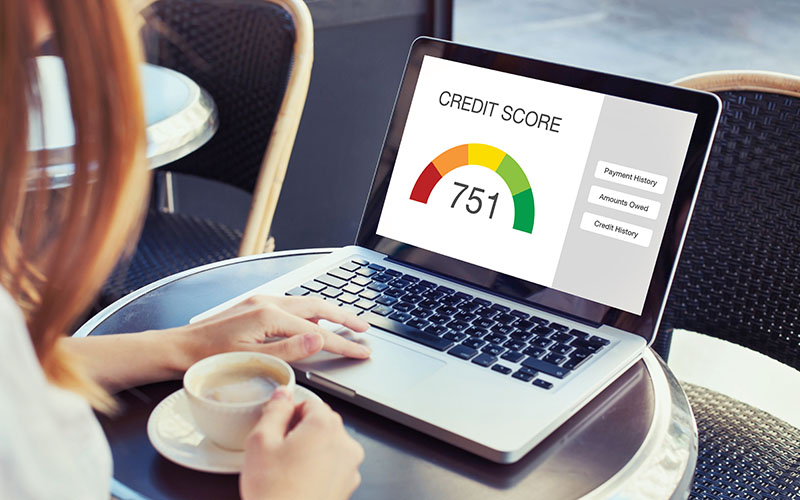6 Steps To Fix Bad Credit
Key Takeaways
- Credit affects not just loans and credit cards, but also car insurance, job applications, and apartment approvals
- A strong credit score opens the door to better financial opportunities and lower interest rates
- Rebuilding credit takes time, but with consistent effort, anyone can improve their score
- Explore support options like credit repair services if you need help staying on track
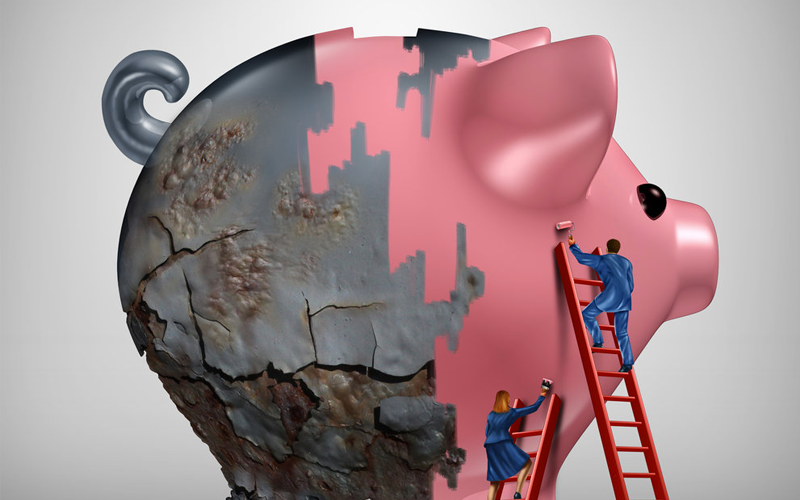
It happens to the best of us. You need to replace that old junker with a new car, or your family’s growing and you want to buy your first home — but you’re stuck with bad credit. How can you fix it so you can make that purchase?
Let’s look at what goes into your credit score and why it matters. From there, we’ll list six steps you can follow to repair your credit, as well as consider when a professional credit repair service might be a good option to save time and effort.
Why Does My Credit Score Matter?
If you think you need a solid credit score to get a loan or apply for a credit card, you’d be right.
But did you know your credit score can also play a role in your car insurance rates and whether or not you can get a new apartment? Many employers even look at your credit score as part of the application process.
So it’s important to maintain good credit, even if you don’t plan any big purchases in the near future.
What Affects My Credit?
Many different factors play a role in determining your credit score. Credit bureaus calculate your credit score based on your overall credit history, including a combination of the following:
- Payment History. This includes credit cards, utilities, and loans, and can also include other bills such as utilities if they go into collections. If you’ve paid all of your debts on time for a while, this will be a positive mark on your score, while missing payments will hurt your score.
- Total Debt. How much debt do you carry? This includes all of the money you owe for student loans, credit cards, loans, mortgages, and other reported debt.
- New Debt. Have you recently opened new lines of credit with banks or credit cards? Made big purchases on existing cards? Too much spending can lower your score unless you have a solid history of quick repayment.
- Credit Mix. If you have diversity in your debt, including revolving debt (e.g., credit cards), and installment debt (e.g., car loans), and you have a good record managing your debt, your score will go up.
- Credit Utilization. Credit bureaus use a ratio of your total debt to your total credit. For example, having maxed-out lower-limit credit cards will hurt your score more than the same amount of debt on higher-limit cards, in part because it shows your ability to manage money.
- Negative Marks. These are all red flags to a credit bureau and will lower your score. Negative marks include excessive credit inquiries (when you apply for a credit card or loan, even if denied), bankruptcy, collections, foreclosures, liens, repos, judgments, charge-offs, and late payments.
For more information on your credit scores, read our comprehensive guide here.
6 Steps To Improve Your Credit Rating
A low credit score can be frustrating, but the good news is that everyone can improve their numbers, regardless of your income or overall financial standing. Because it can take some time to raise your score, it’s good to get started immediately.
Below we’ll outline the steps you need to take to improve your credit score.
1. Find Your Current Credit Rating
You might already know your credit isn’t great, but you need more than a hunch or a declined application to make changes. To fix your credit, you’ll need a current copy of all of your credit reports. This way you’ll be armed with the knowledge you need to move forward.
The good news is that you can request a free credit report from each of the major credit bureaus once a year, and doing so doesn’t count against your credit rating.
One option to get your reports is to go directly to each company’s website:
Alternatively, you can access all of your free reports simply by going to AnnualCreditReport.com.
You can also obtain your credit scores from a credit monitoring service.
2. Review Your Credit Reports
After you receive each of your credit reports, take some time to go through them. It may not be an easy read, but you need to know the facts of your credit situation.
One tip: your credit score will be somewhere between 300 and 850. You want to aim for a score somewhere between 700 and 740 at the lower end. Scores in the 700s are considered good credit and will allow you to get the best rates on loans and credit cards.
3. Dispute Any Errors
Your credit reports include a lot of data about your credit history. It’s important to review all of it for accuracy and make sure there aren’t any errors that could harm your credit. For example, your report might list a debt that you no longer have, or include late payments that you can prove are erroneous with bank statements.
Fortunately, you can (and should!) dispute any incorrect or inaccurate information on your credit report. You can file disputes with credit bureaus over the phone or online, but it’s usually best to do so via regular US Mail. This way, you can include relevant documentation, and keep a paper copy of all information for your records.
It’s also a good idea to send disputes via certified mail with a return receipt, so you can prove when you sent the dispute. By law, all credit bureaus must investigate and respond to your dispute within 30-45 days.
Alternately, you can contact the card issuer, bank, or other business to dispute the inaccurate information. They are under the same requirement as credit bureaus to respond to your dispute and remove any incorrect or unverifiable information.
4. Lower Your Debt
Now that you know what your credit score is and what’s counting against you, and you’ve sent out all of your disputes, it’s time to roll up the sleeves and get started with the hard work.
For most people, getting out of debt is a difficult process, but with discipline and determination, it can be done. The good news is that while it can be challenging to get started, it naturally gets easier as you go, for as balances drop, you’ll have more money to invest in bringing down your overall debt.
Make a household budget, and channel all of your extra money into paying off debts. This might mean bringing your lunch to work, or taking public transportation, but every dollar counts.
Your priority should first be on anything overdue (see below). After that, focus on the debts closest to the maximum limit (or with loans, the ones that are closest to the original amount borrowed).
Why is this so important? One of the ways a credit bureau determines your credit score is how much debt you have versus how much credit you can access. As you work to pay the cards and loans down, that “cushion” you give yourself between the balance due and the maximum limit will improve your credit score.
As you pay off credit cards, don’t close them out. It’s better to leave them open — but avoid using them — than to close them out entirely. If you find yourself tempted to use your cards, you might hide them or give them to a trusted family member to hold for you.
5. Deal With Past-Due Accounts
You’ll want to prioritize any debts that are already delinquent or are in danger of becoming overdue. To improve your credit score, it’s vital to get back into good standing with all of your debts as quickly as possible.
If any of your accounts are several months overdue, you need to bring those accounts current first. If an account is 180 days past due, a company can charge-off the account. Charge-offs are much worse for your credit score than late payments, and remain on your credit report for seven years, so it’s important to deal with these accounts as aggressively as possible.
When you get this behind in payments, the best thing you can do (short of paying off the full overdue balance) is to contact the creditor directly and let them know you’re trying to avoid a charge-off. They might work with you on penalties, require a smaller sum to bring your account current, or remove the delinquency so you can start fresh with your current balance. In some cases the creditor may also agree to a settlement, offering a lower total balance that will allow you to pay off the debt in full. While it might seem unlikely that a creditor would agree, they know that a smaller sum from you is still better than what they’d get if the debt goes to collections—a bird in hand, and all that.
And if any of your accounts have gone to collections, you need to deal with those as well, because like it or not they won’t go away. Like charge-offs, accounts that end up with a collection agency will also remain on your report for seven years. What you may not realize is that you can discuss your situation with collections agencies just like you would with a regular creditor. Many companies will negotiate with you for a smaller total payment, so it’s always worthwhile to ask.
6. Establish New Credit
While it may seem counterintuitive, opening up a new credit card or getting a loan can help you boost your credit score.
Caution: this advice isn’t for everyone. If you’re already struggling with debt, now is not a good time to open a new credit card account. However, if you’re already in good standing with your creditors — or you were behind on your credit cards but have since turned things around — it might be time to consider new credit.
When you apply, keep inquiries to a minimum. Every new application will appear on your credit report, and too many in a short period will count against your credit score.
For those who struggled to get back in the black, it can be challenging to get a new credit card. If you get denied, consider either a store credit card or a secured card, which requires a deposit. After you can show a clean record with a secured card, you can try for a regular credit card in six months to a year.
You can also contact your bank for a personal loan to rebuild your credit or you may want to consider a credit-builder loan, such as those from Self Lender.

Turn To Reputable Credit Repair Services
Sometimes trying to do all of this on your own can be daunting, especially if you’ve been in debt for a while and the struggle seems endless. If you’re feeling overwhelmed by your bad credit and how long it will take to fix things, it might be time to turn to the experts at a reputable credit repair service.
It’s true that there are some scams out there, but take heart — not all credit repair companies are predatory. Many credit repair companies are reputable and will help you get results.
At The Credit Review, we take your credit situation seriously. Check out our picks for companies to help you get started on your credit repair journey.
What are some benefits of a good credit score?
A good credit score can help you with the following:
- Renting a house or apartment (without putting down a hefty deposit)
- Your mortgage payments will be lower
- You will receive a lower down payment when you purchase a cell phone
- Your utility bills will be lower
- Your insurance premiums depend on it
- Potential employers may look at your credit history to determine reliability
- It will be easier to qualify for loans
- You will receive lower rates on loans
- You will qualify for better credit cards
What factors make up my credit score?
Your FICO is made up of five factors:
- Payment history: 35%
- Credit utilization: 30%
- Credit age: 15%
- New credit: 10%
- Types of credit: 10%
What negative items appear on my credit report?
Your credit reports can contain both positive and negative history. Items that negatively impact your credit include:
- Bankruptcies
- Charge-offs
- Collections
- Credit inquiries
- Foreclosures
- Judgments
- Late payments
- Loan defaults
- Past due payments
- Public records
- Repossessions
- Tax liens
How can I improve my credit?
- Consider credit repair and contact a credit repair service
- Always pay your bills on time
- Deal with past due accounts
- Reduce your credit utilization
- Keep old credit accounts open
- Open new credit (but avoid applying for too much new credit)
- Monitor your credit
Edited by:
Bryan Huynh
•
Product Tester & Writer

